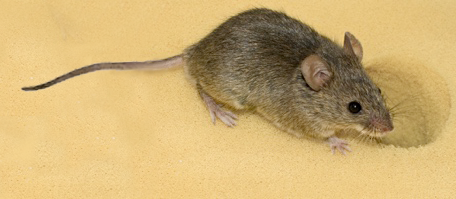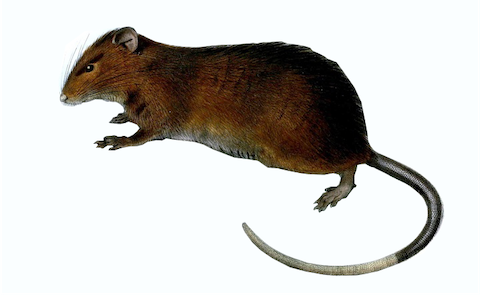Regulation of monocyte subset systemic levels by distinct chemokine receptors controls post-ischaemic neovascularization.
Abstract
AIMS: Monocyte systemic levels are known to be a major determinant of ischaemic tissue revascularization, but the mechanisms mediating mobilization of different monocyte subsets-Ly6C(hi) and Ly6C(lo)-to the blood and their respective role in post-ischaemic neovascularization are not clearly understood. Here, we hypothesized that distinct chemokine/chemokine receptor pathways, namely CCL2/CCR2, CX3CL1/CX3CR1, and CCL5/CCR5, differentially control monocyte subset systemic levels, and might thus impact post-ischaemic vessel growth. METHODS AND RESULTS: In a model of murine hindlimb ischaemia, both Ly6C(hi) and Ly6C(lo) monocyte circulating levels were increased after femoral artery ligation. CCL2/CCR2 activation enhanced blood Ly6C(hi) and Ly6C(lo) monocyte counts, although the opposite effect was seen in mice with CCL2 or CCR2 deficiency. CX3CL1/CX3CR1 strongly impacted Ly6C(lo) monocyte levels, whereas CCL5/CCR5 had no role. Only CCL2/CCR2 signalling influenced neovascularization, which was increased in mice overexpressing CCL2, whereas it markedly decreased in CCL2-/- mice. Moreover, adoptive transfer of Ly6C(hi)-but not Ly6C(lo)-monocytes enhanced vessel growth and blood flow recovery. CONCLUSION: Altogether, our data demonstrate that regulation of proangiogenic Ly6C(hi) monocytes systemic levels by CCL2/CCR2 controls post-ischaemic vessel growth, whereas Ly6C(lo) monocytes have no major role in this setting.
| Authors: | Cochain C, Rodero MP, Vilar J, Récalde A, Richart AL, Loinard C, Zouggari Y, Guérin C, Duriez M, Combadière B, Poupel L, Lévy BI, Mallat Z, Combadière C, Silvestre JS |
|---|---|
| Journal: | Cardiovasc. Res.; 2010 Oct 01; 88(1) 186-95. doi:10.1093/cvr/cvq153 |
| Year: | 2010 |
| PubMed: | PMID: 20501509 (Go to PubMed) |


